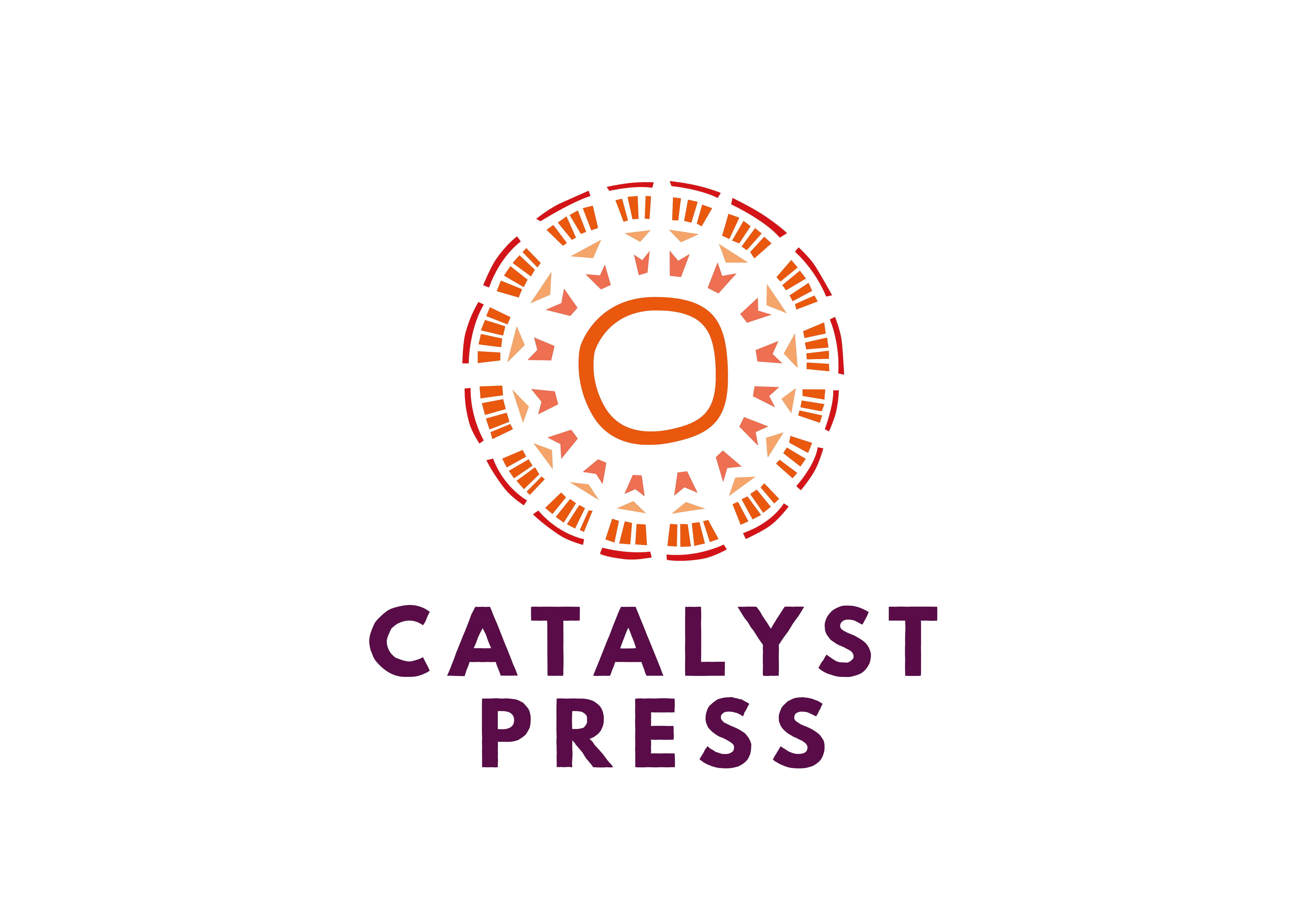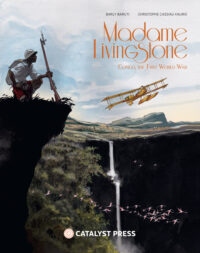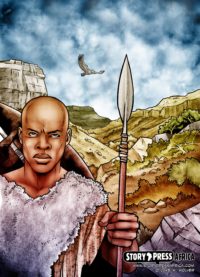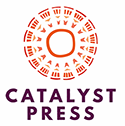We love graphic novels. Over the years, we have published two graphic novels for young readers by Luke Molver on the life of legendary Zulu leader, King Shaka. We’re excited to release another graphic novel exploring another piece of African history— Madame Livingstone: Congo and the First World War. This historical graphic novel for adult readers is a story of war, adventure, and friendship.
Gaston Mercier, a lieutenant in the Royal Belgian Army, arrives at Lake Tanganyika, Congo in 1915 on orders to sink a critical German warship, the Graf Von Götzen. To aid him on this mission, he is paired with a local guide, an enigmatic mixed-race African and the supposed son of the famous explorer, David Livingstone, nicknamed “Madame Livingstone” for the Scottish kilt he wears. Together, while the pair hunts down the ship, Mercier learns more about the land around him and discovers the irrevocable and tragic effects of colonialism on the local people.
Madame Livingstone is written by Christophe Cassiau-Haurie, illustrated by Barly Baruti, and translated from the French by Ivanka Hahnenberger. Christophe is the author of several comics and graphic novels, and is a library curator and comics specialist. He is currently Director of Public Services for the National and University Library of Strasbourg. Barly is is a renowned Congolese cartoonist, and the co-founder of the Atelier de Création et de l’Initiation à l’Art (Creative Workshop for an Initiation to Art) to encourage talented youth in Kinshasa. Ivanka is a translator who has translated notable books such as Blue is the Warmest Color by Julie Maroh, and recently, the award-winning Catherine’s War by Julia Billet and illustrated by Claire Fauvel. We chatted with all three to talk about their work, the comic scene across the African continent, and what it was like to bring this work to a new audience.
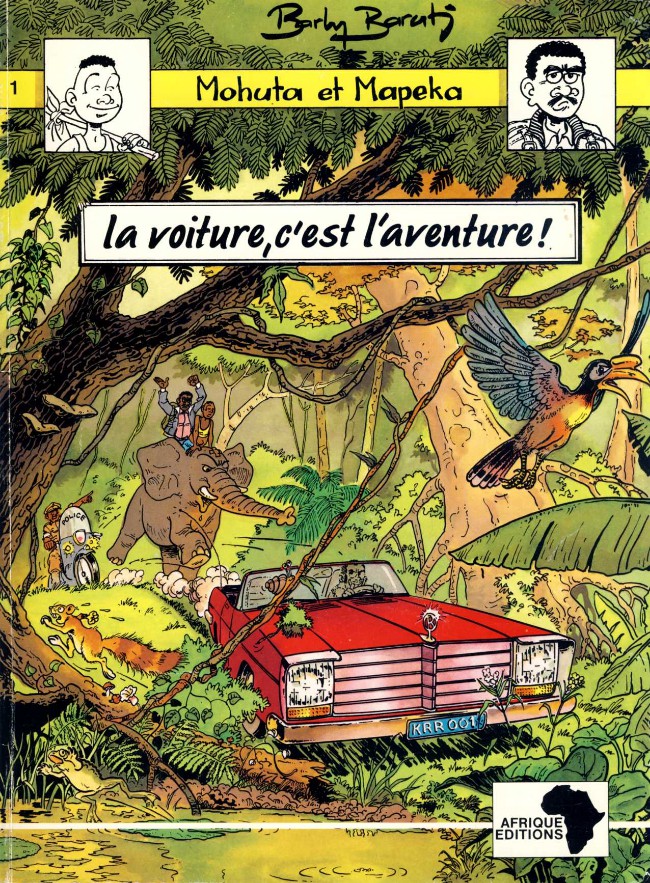
Can you tell us a bit about your background? How did you come to illustrating?
Barly Baruti: This is THE question where I have felt uncomfortable for some time. But since every question needs an answer, I will try to answer it. It is atypical, my journey. Unlike most cartoonists, I did not attend the Academy of Fine Arts. And when I am asked if I am self-taught, I always answer “no, I had a teacher: My Father.”
Indeed, my father – painter artist, musician, photographer – was the one who encouraged me when I indulged in the game of scribbling small paper beings. He never told me it was wrong, but he never said it was art either! His little smile was enough and said a lot. You understand, I was born into a family of artists. My passion ultimately came from there. Later, I became an avid reader of comics, the love of telling stories in pictures took over. It is true that it was after the internship at Studios Hergé in Brussels, under the direction of Bob de Moor, that my professional career began with the production of my first book “La Voiture, c’est l’Aventure” (1987) published by Afrique in Kinshasa.
I wonder if this is not one of the first traditionally published [comics] from Central Africa?
Christophe Cassiau-Haurie: Yes, it is!!!!
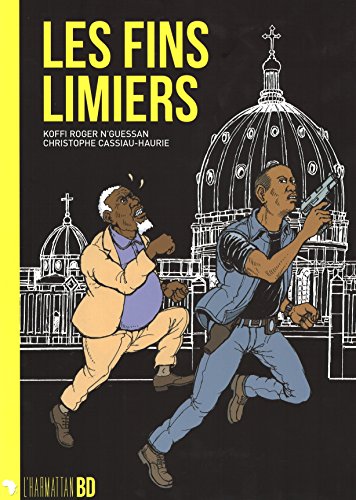
You both have extensive backgrounds in comics and comic history. Why do you love comics?
Barly: I believe that my natural family environment has something to do with it. I learned lots of things outside of school instruction thanks to comics. Even at a young age, I also found through this medium a way to express myself by showing off my talents. At least, what I thought were talents…
Christophe: I’m like Barly, it’s a question that takes me back a long way … I would say that comics have been part of my education since I was a child in Africa. I learned to read with comics, I built myself with it, so it’s part of my identity. And then I am true to my childhood tastes for a lot of other things, so this is not about to stop ….
Is there a big comics scene in Congo?
Barly: We are heirs of the Franco-Belgian comic strip. We were inundated with magazines that came from Paris and Brussels! Magazines like “Antilope” and much later” “Jeunes pour Jeunes” began to appear with characters and good stories from our country. We quickly became fans!
Christophe: Yes, enormous, it is an important cultural phenomenon and which reveals the mass of talents of this country!!!! Comics is an almost secular tradition since the first trace of comics produced by Congolese dates back to 1924!
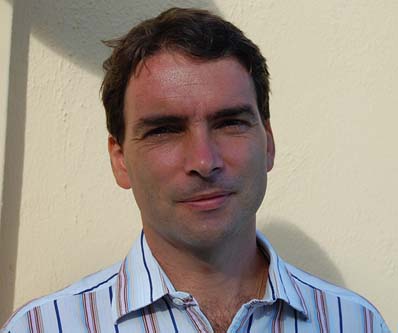
Christophe, you’ve written a lot on the comics industry in Africa. What is the scene like continent-wide?
Comics originated on the continent in 1915, so it has a long existence. It is on the rise everywhere, authors have understood that it is necessary to skip the “publisher” stage and they self-publish and sell hand-to-hand in festivals and other fairs or events. As a result, many titles come out, printed in a few dozen copies depending on the circumstances.
My directory on comics in Africa, published in 2013, had several hundred names, now we should at least double that number. It’s impressive.
There have been a few stories about the effects of colonialism in Africa in the news lately. The return of the Benin Bronzes, the return of Patrice Lumumba’s remains, for example. How do you think your book helps US readers understand this history?
Africans have been “seized” by the colonial phenomenon! Their own history has been frozen and brought to a halt. Now they have to get on with their lives. The return of property looted in colonial times will undoubtedly allow them to reclaim their destiny. Our book also gives an account of this clash of cultures, of the domination of one society by another and above all of the impossible encounter when the relationship is not based on equality.
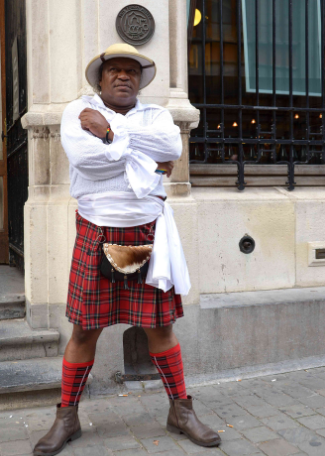
Barly, your essay included in the book “Reasons to Investigate an Identity” gives a hint of a personal connection to this story. Did working on this book help connect you with your history even more? Did it raise any questions about who gets to tell which histories?
This allowed me to ask new questions about our common history. The one always told by the “winners” with sometimes a touch of triumphalism, even paternalism. I am one of those who think that comics should help break the dogmatic spirit of presenting History. By its playful and sometimes humorous side, comics can help shift mentalities towards parallel versions and to liven the debates.
How did you two work together to create the book? What was the working process like? How did you craft a story that would compliment the images, and images that would do the same for the story?
Barly: We worked on this book with 6 hands as would 3 pianists on a single piano. I wondered about my mixed origins, the fact of having carried a surname (Livingstone) that apparently had nothing to do with my obvious culture and other kinds of questions, as well. I spoke about it to “Appollo” Olivier, a friend, French teacher and … screenwriter. The latter proposed a story. Then Christophe, another friend, a fan of African comics, intervened and developed the story to give it its final form. His knowledge of the field gives the book a certain credibility that makes this story close to the people.
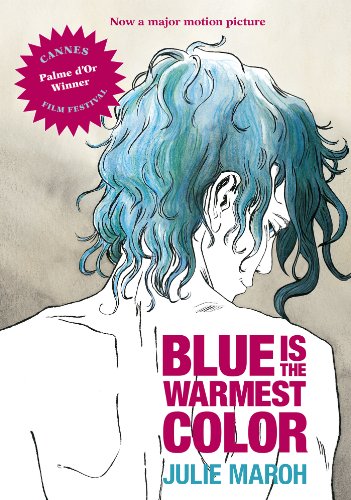
Ivanka, You’ve translated a lot of comics/graphic novels, plus you run a comics agency. What drew you into the comics world (no pun intended!).
Ivanka Hahnenberger: VIP brands is an agency representing French, German and African graphic novels rights for world English publishing. We are also consultants with a goal of “expanding graphic novel horizons.” We introduced the Comics Corner to Bologna Book Fair, helped the Angouleme International Comics Festival attract North American buyers, organize French comics events in the US, we help bring publishers to CARTOON a forum for animated films and series… My move into graphic novels happened when I just knew that there was going to be a rise in graphic novels and wanted to be a part of it.
I am an American who spent her early childhood in France and Geneva and read French and Belgian comics from a very young age. When I moved to the US I missed them. I moved back to France in the 80s and was in comic/graphic novel heaven again… and I wanted to show the US what they were missing.
I got into translating to help get the works I was pitching more attention of the acquiring editors. Luck had it that the first Graphic novel I translated was Blue is the Warmest Color, which, thanks to the success of the film, was a New York Times best seller.
And is there something different you need to bring to translating illustrated work rather than all text?
Well, one of the things is that since it is mostly people talking the language has to be dialogue – also it has to on the whole fit in the bubble and you cannot change the order of things because the images won’t allow you to. But that is part of the fun.
What was the translation process like? How did the three of you work together to keep the nuances of the story as it moved from French to English?
Ivanka: GULP! We sadly did not work together in this process. Jessica and I worked closely together. One of the things I try very hard to do in translation is to keep the original voice and intent. When it is well written, as in this work, it is easy to do. And fun!
Barly: Oh, that’s the magic of Ivanka! Thanks to her. 😎
Christophe: I really appreciate her. There is a little magic in it!
What do you hope US readers take away from your book?
Barly: More than a war story, a lesson in friendship and the convergence of two cultures.
Do you have any advice for those hoping to become comic creators?
Barly: To always put a little of you in your stories. A little extra soul.
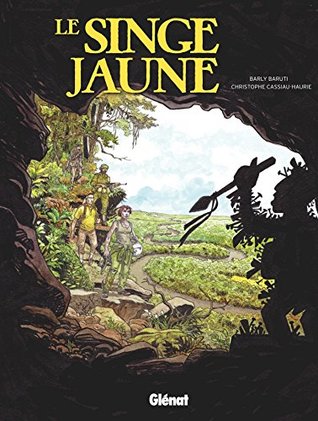
Are you two working on anything else together? If not, what project is next for each of you?
Barly: After “Madame Livingstone”, Christophe and I worked together on “Le Singe Jaune,” a story of miscegenation in the Congo during the colonial period. Otherwise, personally I am setting up a series of books whose main theme is the Kingdom of Kongo. Ah! Maybe Christophe will come and give me a helping hand, who knows!
Christophe: Barly, I’m waiting for your phone call!
Ivanka, what are you working on next?
Two incredible non-fiction works- Abrams has bought the rights to A-Bomb, the history of the bombing of Hiroshima and Nagasaki. It is extremely well written and a really terrifying story. Everyone needs to read.
The other work is The Radium Girls – for Iron Circus which is the graphic novel version of Kate Moore’s The Radium Girls: The Dark Story of America’s Shining Women. Another shocking story. One about incredible women who made history, but died doing it.
